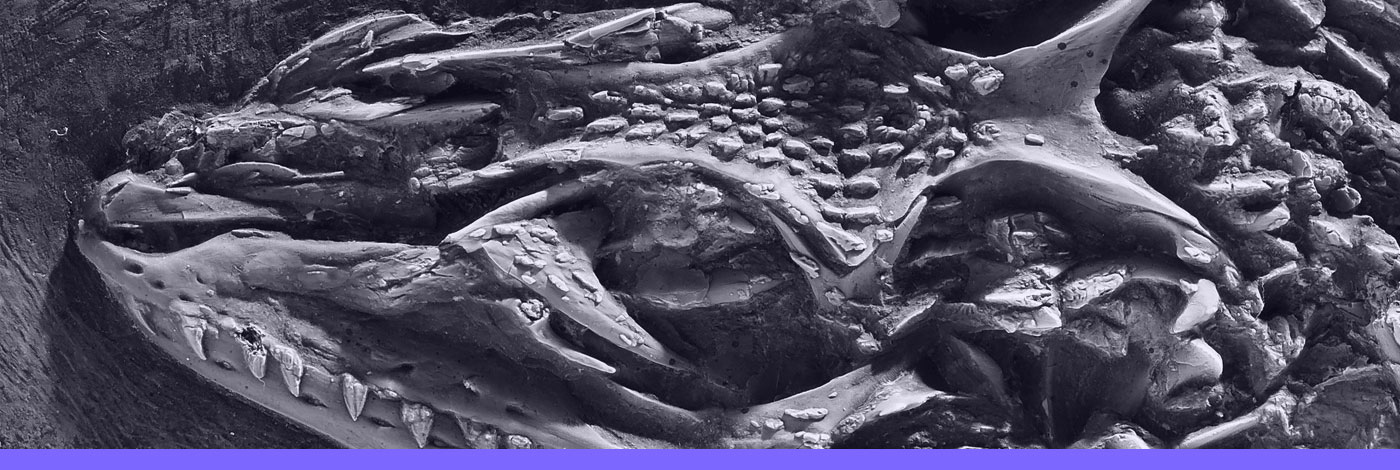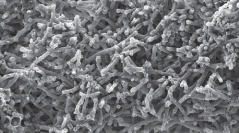

 Comptes Rendus Palevol
17 (7) - Pages 415-434
Comptes Rendus Palevol
17 (7) - Pages 415-434Cretaceous ambers from different localities often contain abundant filamentous microorganisms that extend from the surface of the lumps of amber towards their center. These microfossils have been interpreted in the past as sheathed bacteria, cyanobacteria, and fungal hyphae, respectively. Here, we applied various techniques such as optical microscopy, confocal microscopy, and SEM to constrain the actual nature of these microorganisms. We evaluate published views and new evidence and conclude that the observed morphological and ultrastructural features correspond to sheathed bacteria. We propose a scenario explaining the observed differential preservations as various stages of the sheath construction around the bacterial filaments growing in the resin and the consequences of the transformation of the resin to amber. We suggest an abundant occurrence of at least one extinct resinicolous Leptothrix-like taxon in the Cretaceous Period.
Amber, Sheathed bacteria, Leptotrichites, Leptothrix, Ultrastructure, Taphonomy, Cretaceous